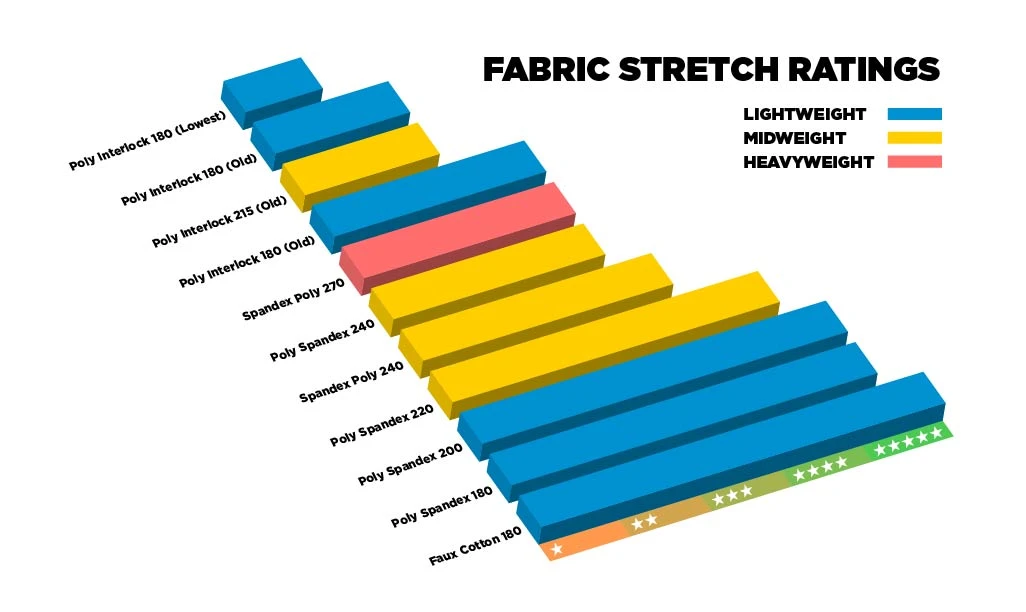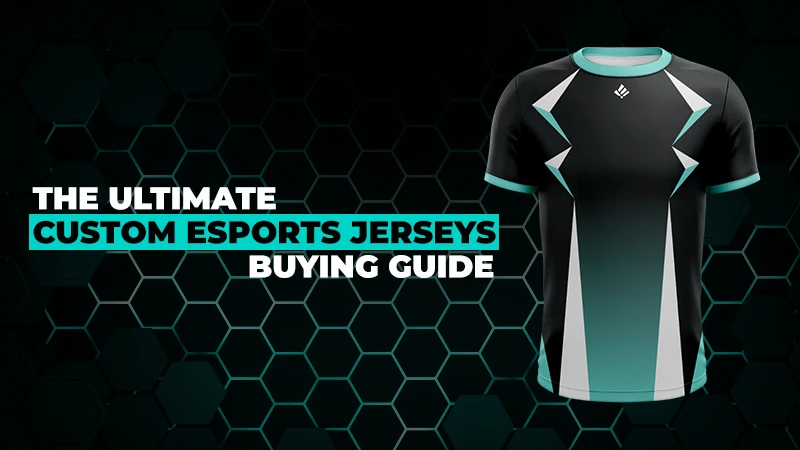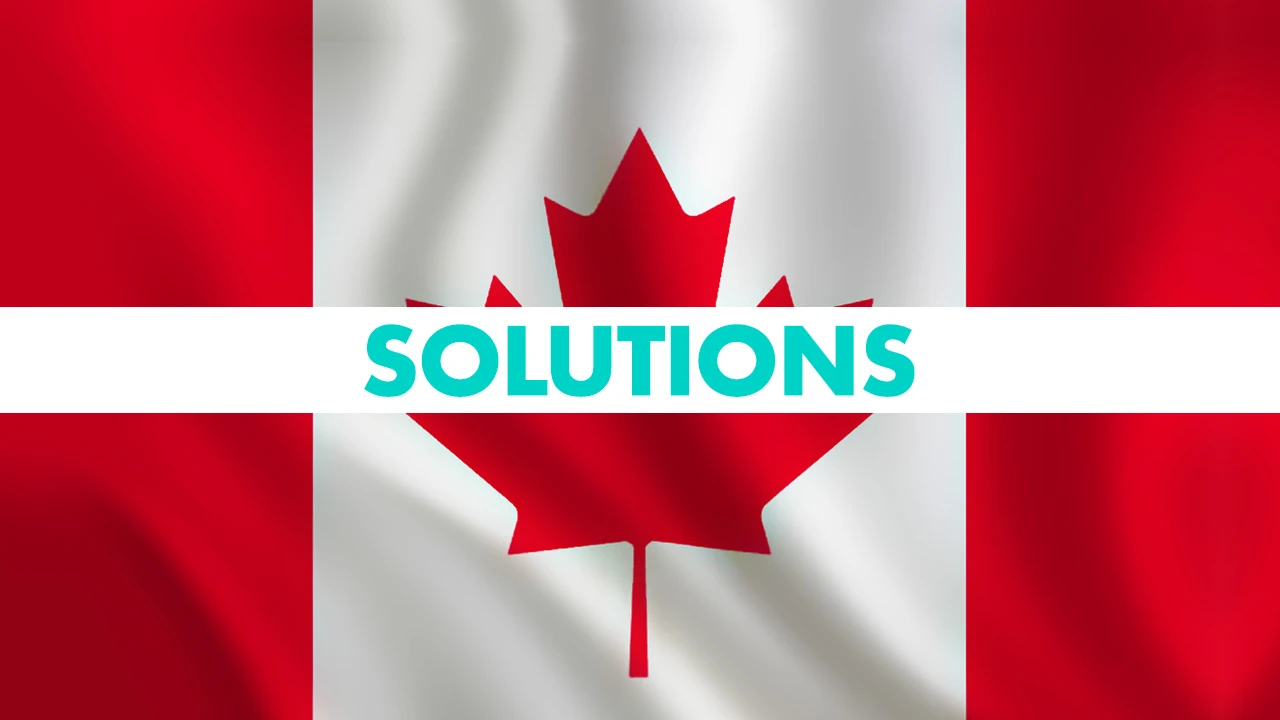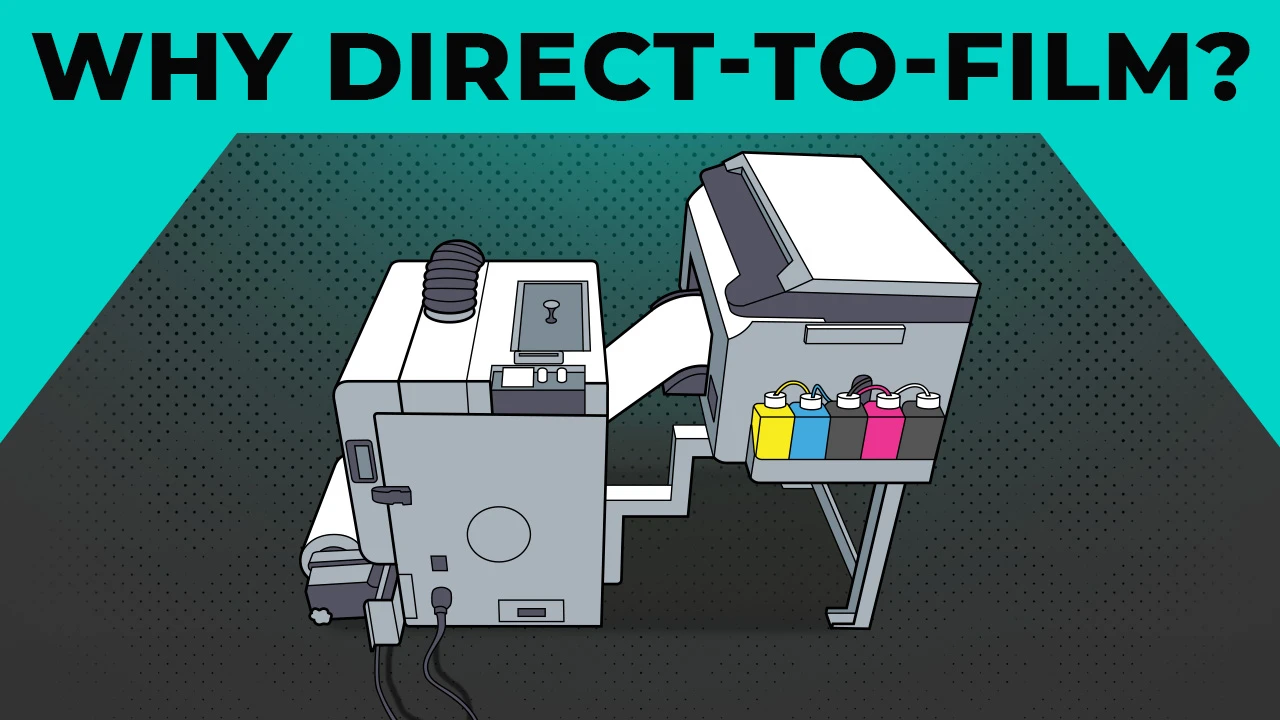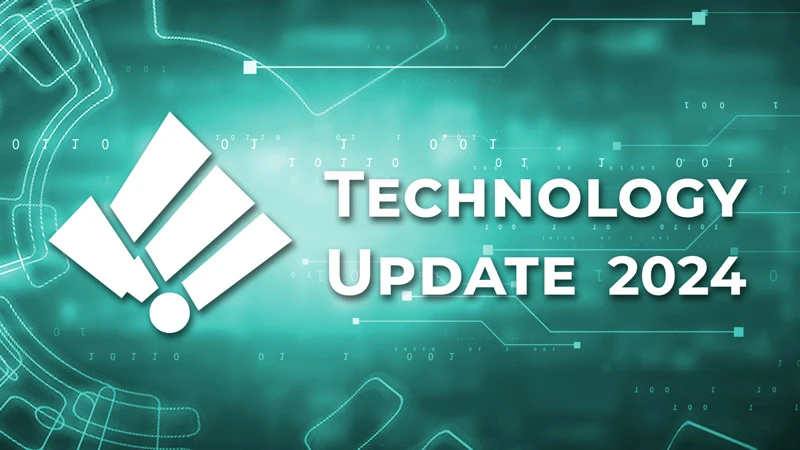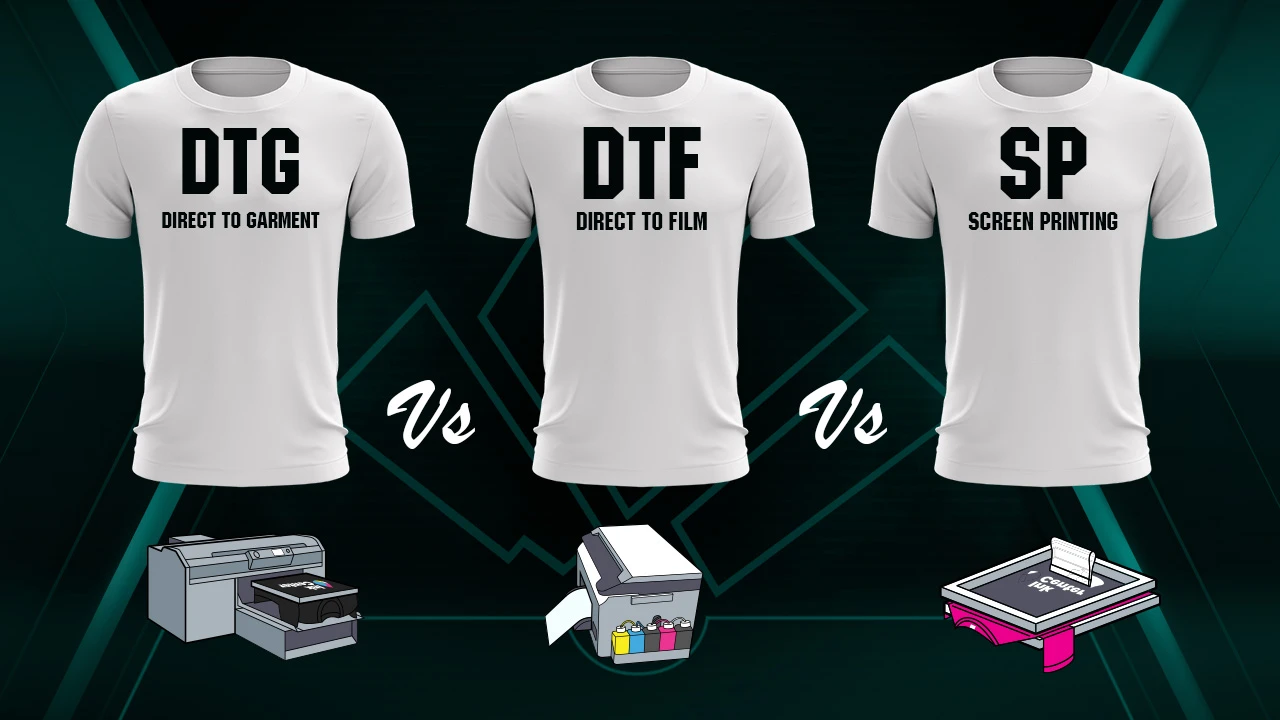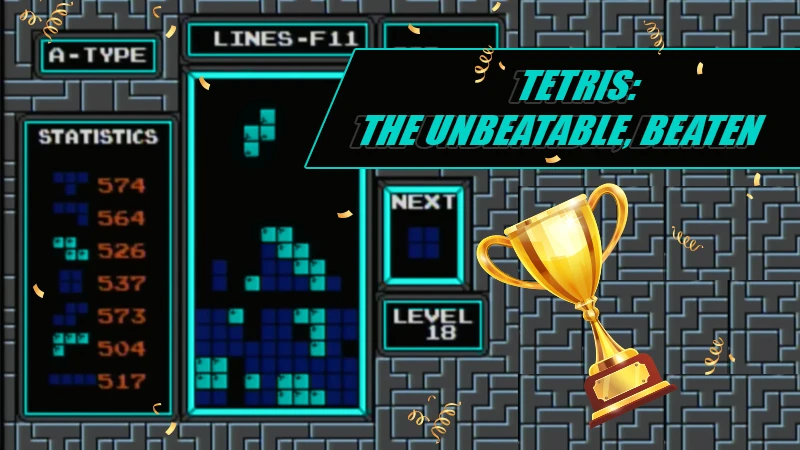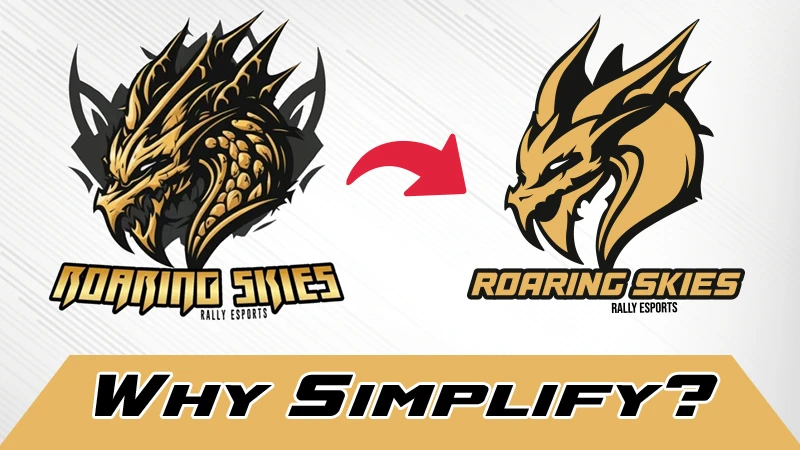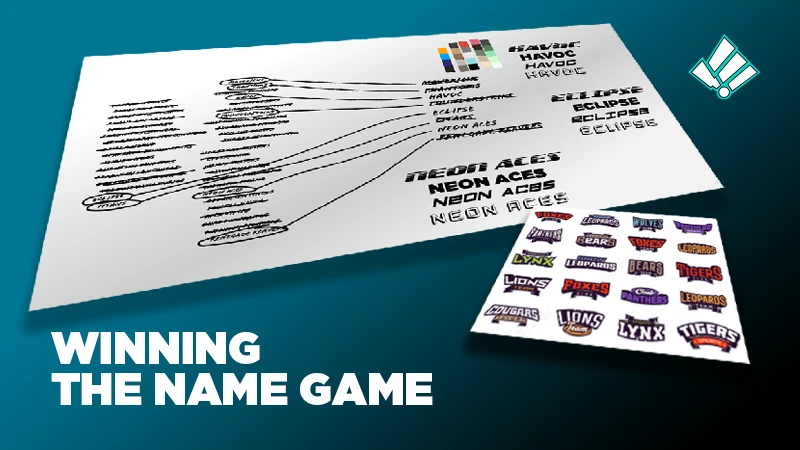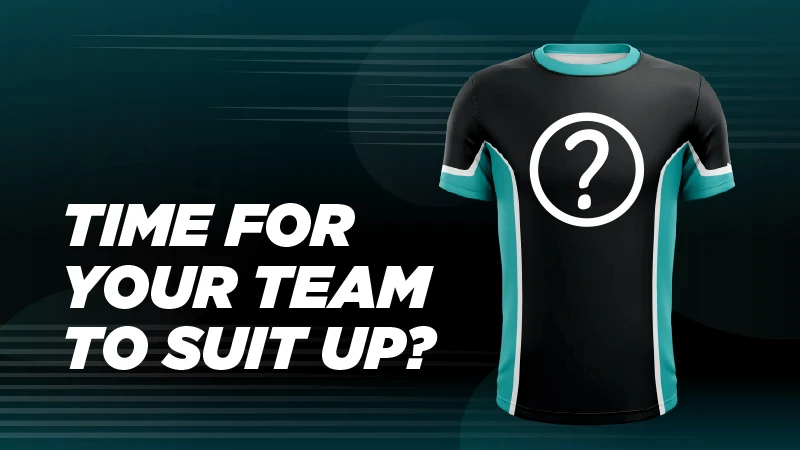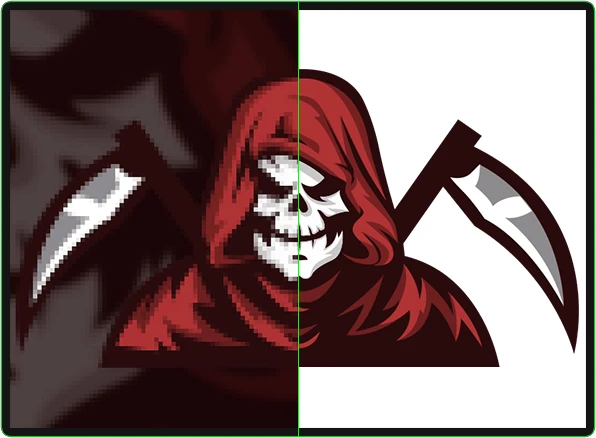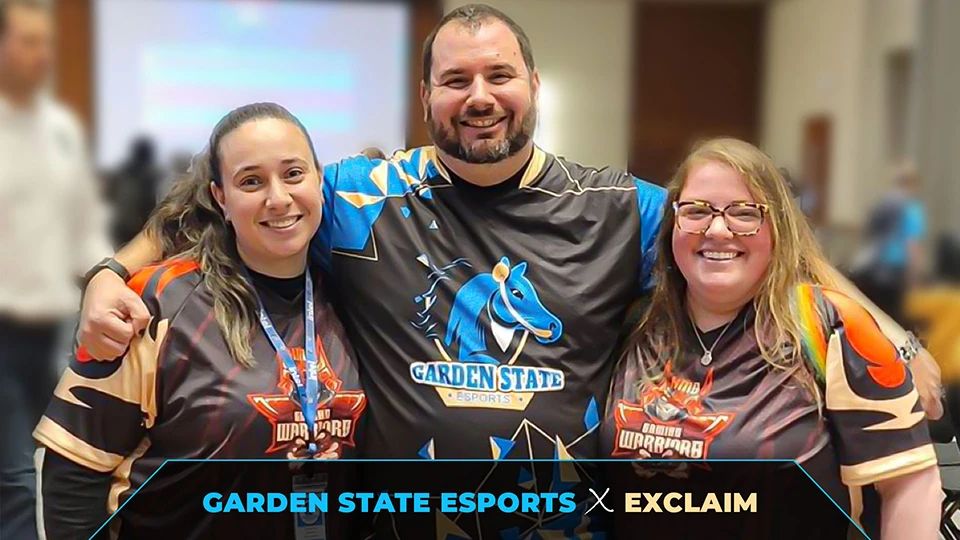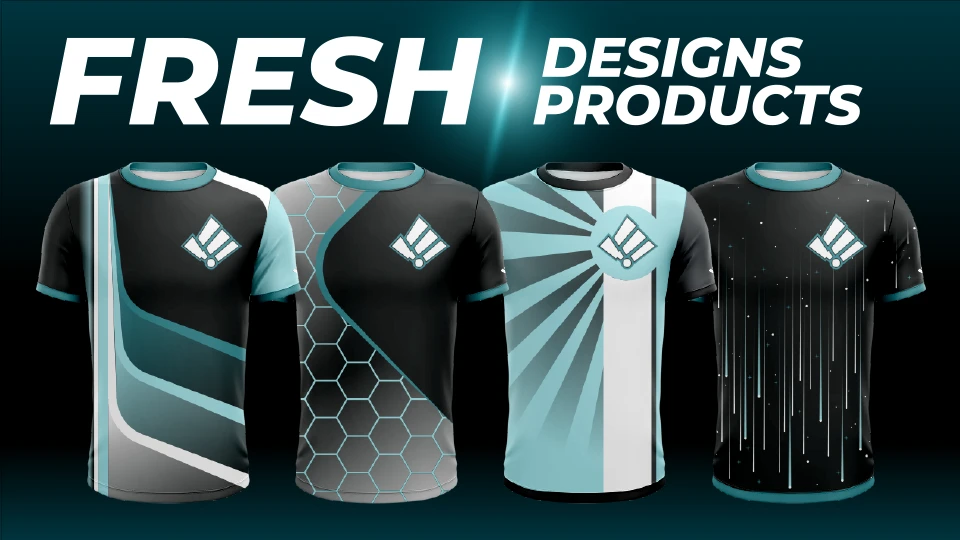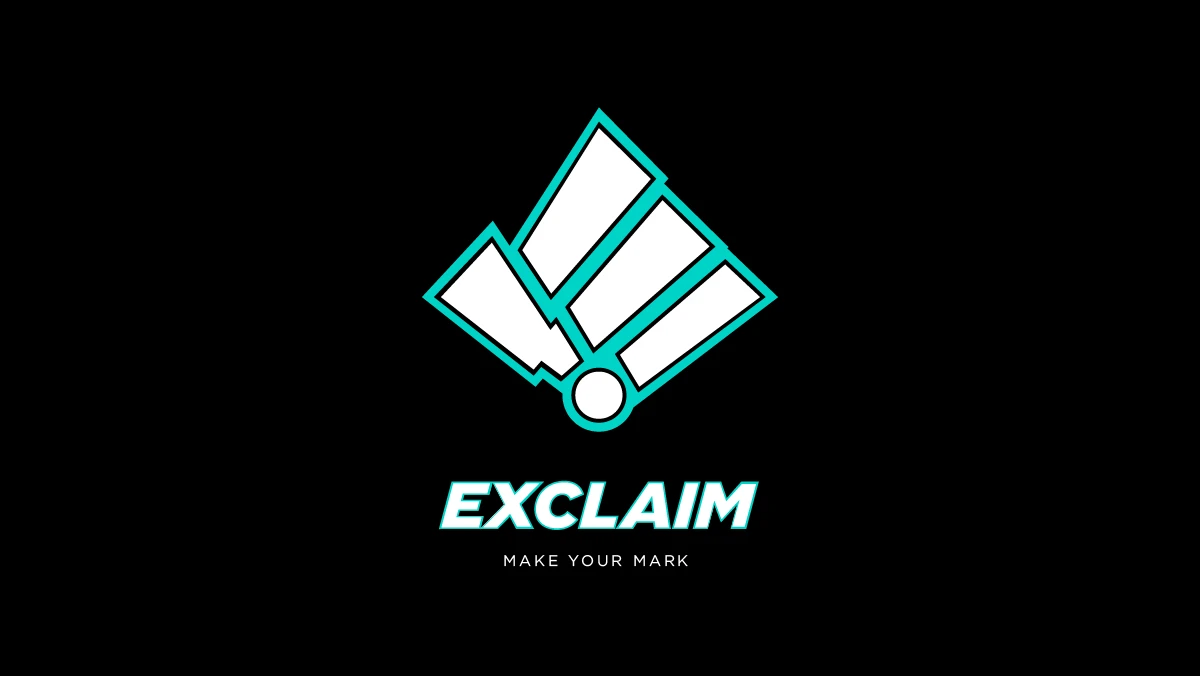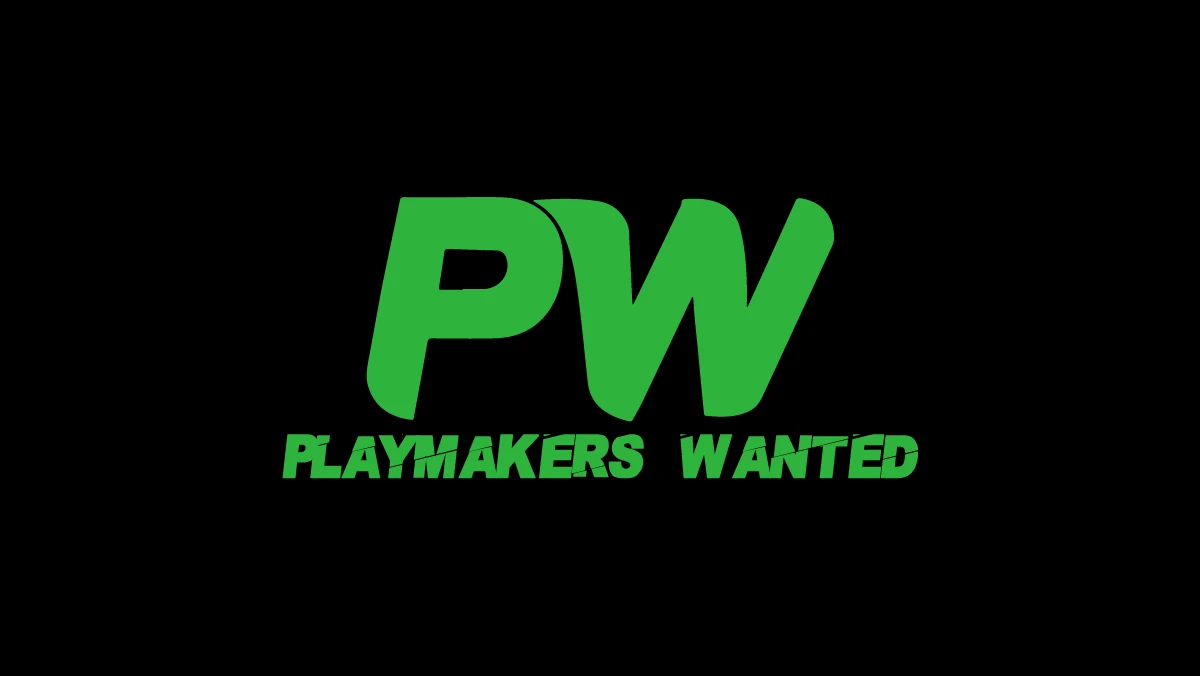Battle flags have served as enduring symbols of unity, pride, and purpose across centuries of warfare and culture. This post traces their evolution from ancient battlefield standards to modern regimental and national flags, explaining their historical function, symbolic meaning, and continued role in military and team identity. It also details how production technology preserves that tradition through precision control and fixed-orientation safeguards — preventing reversed or distorted flag prints during apparel design. Finally, readers can download the official static Battle Flag SVG to incorporate into their layouts as a permanent, non-dynamic emblem of respect, discipline, and heritage.
Side Quests
We developed a simple, repeatable method to measure stretch in sublimation fabrics. By testing both ease of stretch (comfort) and maximum stretch (performance), then averaging the results into a single star rating, we created a clear way to compare fabrics without technical jargon. This approach translates complex fabric behavior into an easy 1–5★ scale that helps teams choose the right material for comfort, durability, and performance.
In this guide we will introduce and elaborate on the key factors that you may want to consider when shopping for a custom esports jersey for your team or gaming brand. This guide will include the different types of jerseys, printing methods, fabrics ordering options, fulfillment, and distribution. There are a lot of moving parts with any custom product; but esports introduces additional challenges.
At Exclaim.gg, we continuously strive to offer the best experience for our customers, and we're thrilled to announce exciting new updates that will make managing your merchandise stores even easier. We understand how important it is to streamline every aspect of your business, from product listings to payments. That's why we've introduced two major updates specifically tailored for our Canadian audience.
At Exclaim.gg, your team has complete control over your store but it will save you a lot of time if you handle all of your logos up front and have an understanding of proper onboarding workflows for future logos. In this quick guide we'll show you what's bad, how to make it good, why it's good, and your options to get from A to B.
Since our rebrand, around this time last year, we've been working on a huge update to help esports directors, owners, and admins manage their outfitting needs and propel their organization's branding through merchandise as seamlessly and easily as we could imagine.
A comprehensive comparison of three popular textile printing methods: Screen Printing, Direct to Film (DTF) Printing, and Direct to Garment (DTG) Printing. Each method is evaluated based on cost efficiency, durability, setup time, detail and color range, fabric compatibility, environmental impact, and the feel of the print. Screen Printing is highlighted for its cost-effectiveness in large batches and vibrant colors, though it has high setup costs and environmental concerns. DTF Printing offers versatility and high-detail prints without pre-treatment but involves a complex process and can leave a heavier feel. DTG Printing excels in producing detailed, vibrant prints with a soft feel, making it ideal for small orders, though it is less durable and more costly for large production runs. The comparison aims to help businesses and individuals choose the most suitable printing technique for their specific needs.
In the realm of digital design and printing, achieving true color accuracy is both an art and a science. This precision is largely dependent on the successful use and understanding of ICC (International Color Consortium) color profiles, as well as advanced visualization techniques. These tools play a critical role in ensuring what you see on your screen is as close as possible to the final printed product. This blog post aims to unravel the complexities of ICC color profiles and explore the innovative use of 3D color space visualization to enhance our understanding of printable colors. We use color profiles calibrated for the specific printers to ensure what you see on the screen is as perceptually close to what is actually printed as possible. Since the gamut of actual printed colors is not as absolute or as uniform as sRGB, not all RGB values can be converted to a printable color while simultaneously ensuring all printable colors can fit into the displayed RGB gamut, which is a priority.
Dive into our definitive checklist and detailed outline tailored for sponsored partners on the Exclaim platform. This blog post offers a step-by-step walkthrough of the onboarding process, from initial registration to advanced store management and promotional strategies, ensuring you leverage every feature for maximum impact in the esports apparel realm.
In a landmark event for competitive gaming, a player that goes by the name of BlueScuti, achieved the unprecedented feat of 'beating' Tetris by reaching a level so advanced it caused the game to crash. This milestone challenged the long-standing view of Tetris as an endless challenge and sparked excitement within the Classic Tetris World Championship (CTWC) community. Although Exclaim is not officially affiliated with CTWC or the player (yet?), the incident highlights Exclaim's growing influence in the gaming world. This event marks a significant moment in competitive gaming, inspiring players globally and reaffirming the endless possibilities within the realm of gaming.
This article discusses the benefits of simplified logos for esports brands, focusing on improved recognizability, merchandising advantages, and timeless design. It emphasizes the importance of memorable branding, clear messaging, digital adaptability, global appeal, and professionalism. The piece also highlights the ease of updating logos and their integration into broader brand strategies, advocating for the evolution of complex logos to meet the esports industry's evolving demands.
To create a good esports brand or team name, start by defining your brand identity and understanding your target audience. Brainstorm ideas with your team and evaluate the options based on their alignment with your brand, memorability, and uniqueness. Check for name availability online, including domain names and social media handles. Get feedback from trusted individuals, test the name with a wider audience, and then finalize the best option. Launch your team with consistent branding across all platforms, engage with fans, and cultivate strong relationships with your audience.
Esports gaming jerseys are vital for team identity, unity, and branding. They showcase sponsors, instill professionalism in players, and enhance fan engagement. Jerseys also offer merchandising opportunities and uphold a tradition in esports, adding to the sense of normalcy and continuity in both live and online events.
Sublimation printing is a technique that uses heat to transfer dye directly into a fabric. This process is used to create intricate, high-resolution, full-color designs on apparel. In this context, vector graphics are preferred for a few key reasons:
We have been in discussions with Garden State Esports for several months in order to develop and refine a league partnership program that not only works for the league but also for every single school or team within that league. We are pleased to say that the solution fit nicely within our tier pricing schema and provides discount advantage perks to participating schools within Garden State Esports that chooses to participate.
With the rebrand, we are introducing template categories. We want to provide greater creative opportunity to designers within the same template theme. Previously, for example, if your team logo featured a hexagon shape then you were likely to gravitate towards our hexagon themed jersey. Previously, there's only been a single hexagon themed jersey template. So by that perspective, your options were limited. Well, that's not the case anymore. With our new product filtering option within our online designer, you will now be able to browse templates within the same theme. Our concern with limiting templates previously was in regards to overwhelming clients. Since that concern is solved with template filtering, we will fully embrace exploring each template niche with much greater and ongoing options.
As part of our continuous push as the industry leader in offering the best online esports apparel designs, technology, production times and overall experience in the market; we are excited to announce that Playmakers Wanted is now Exclaim!
As Playmakers Wanted comes to an end we take a restrospective look at the journey to lead to this point and what it all means. The design, development and execution has been a long and challenging journey where we, the team members, have also grown in our expertise and understanding how it should all work. We have met a lot of people along the way that have been willing to share their knowledge and skills to help us continue the charge as the leading esports apparel platform on the planet. There's a lot of people to thank.
